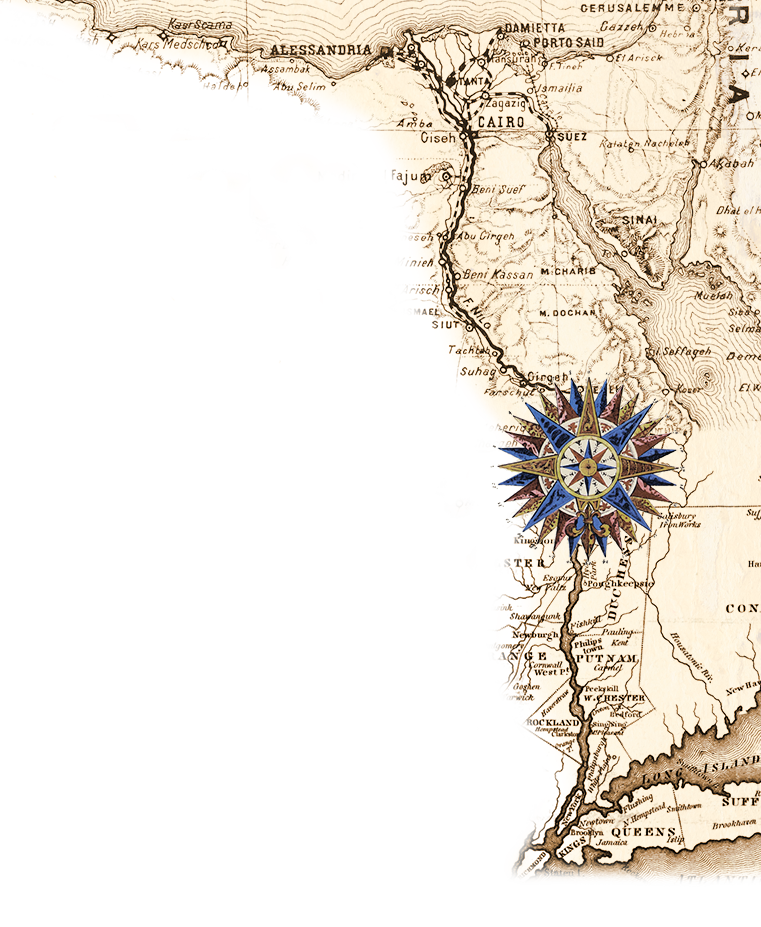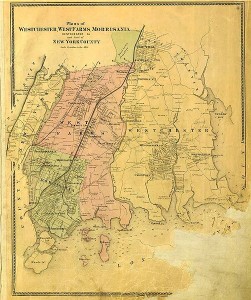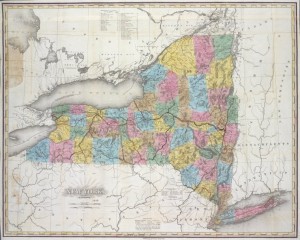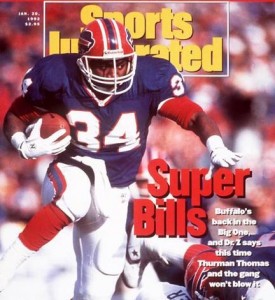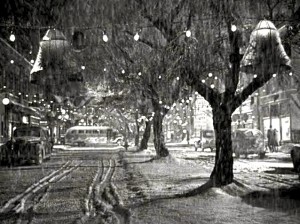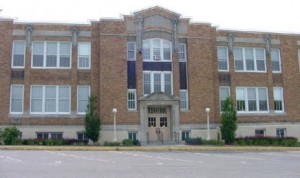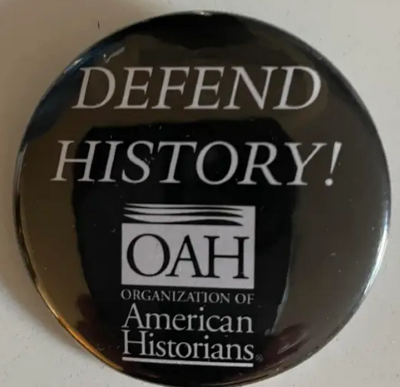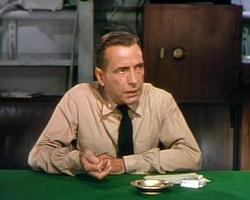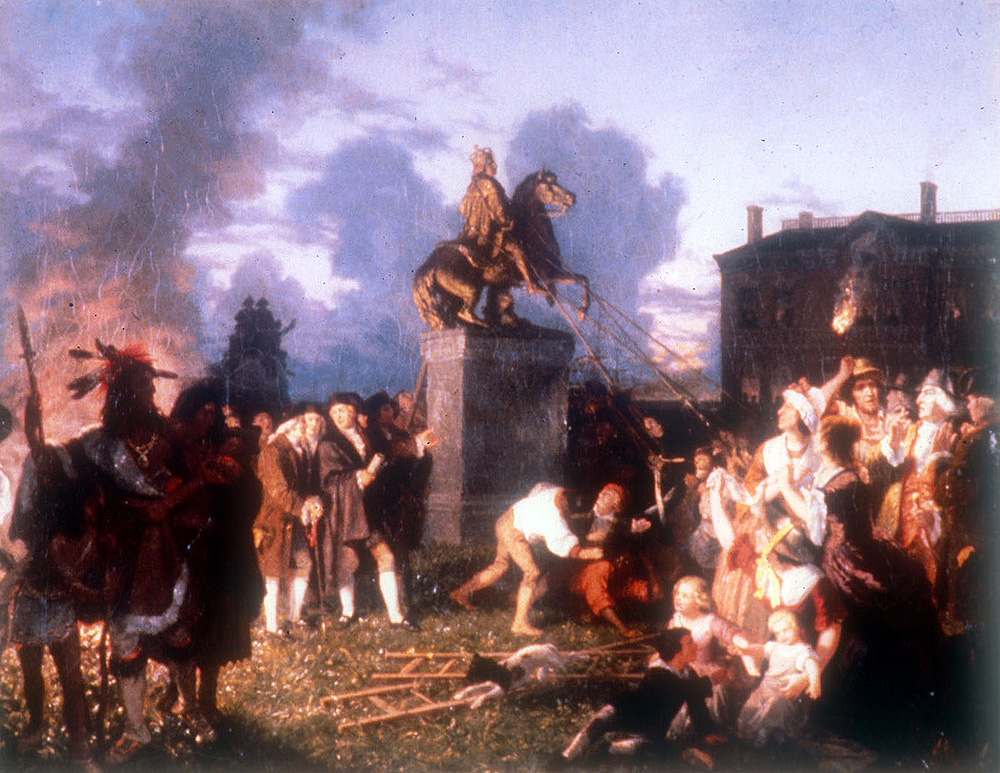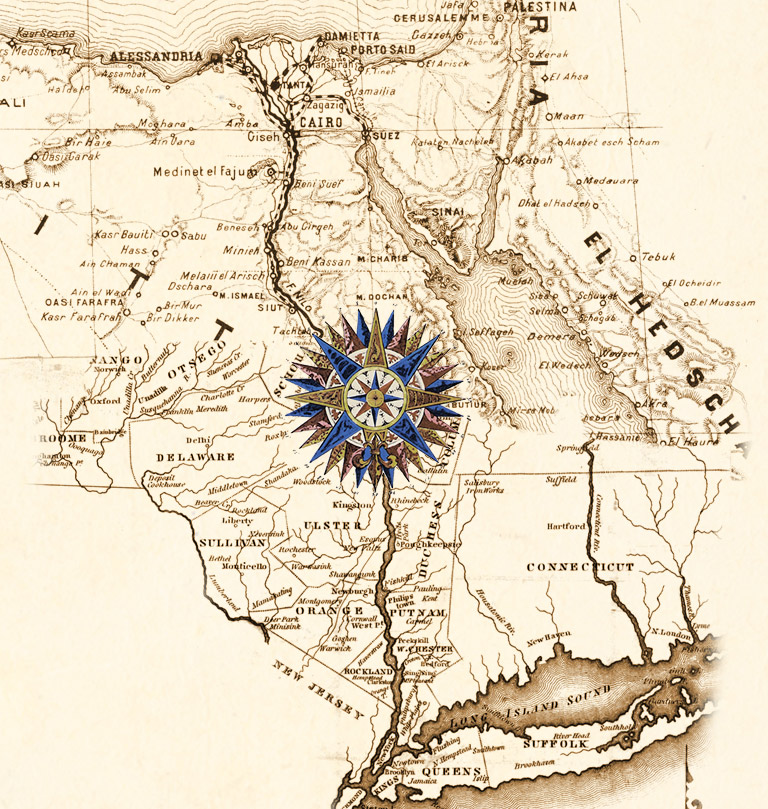
Where is the U.S. (Tennis) Open played? The tournament is located in the borough of Queens but people are more likely to think Flushing. The Brooklyn Dodgers and the Bronx Bombers are named or nicknamed for their borough, the Mets and the Jets (when they were in New York) are not. Letters to New York have borough names in the mailing address except for Queens. They are addressed to Forest Hills where the U.S. Open used to be played or to Astoria, Bayside, Long Island City and so on.
At a recent conference on Quintessential Queens held at Queens College, former Queens resident Nicole Steinberg, in a talk entitled “Many a Neighborhood – Astoria to the Rockaways”, identified 74 different neighborhoods in the borough. While all of them might not have their own postal address, the large number highlights the problems: people in the borough may identify with their neighborhood the same way someone outside New York City identifies with a village, town or city and not with their county. In other words, Queens has an identity problem. Continue reading “The Queens State of History”
